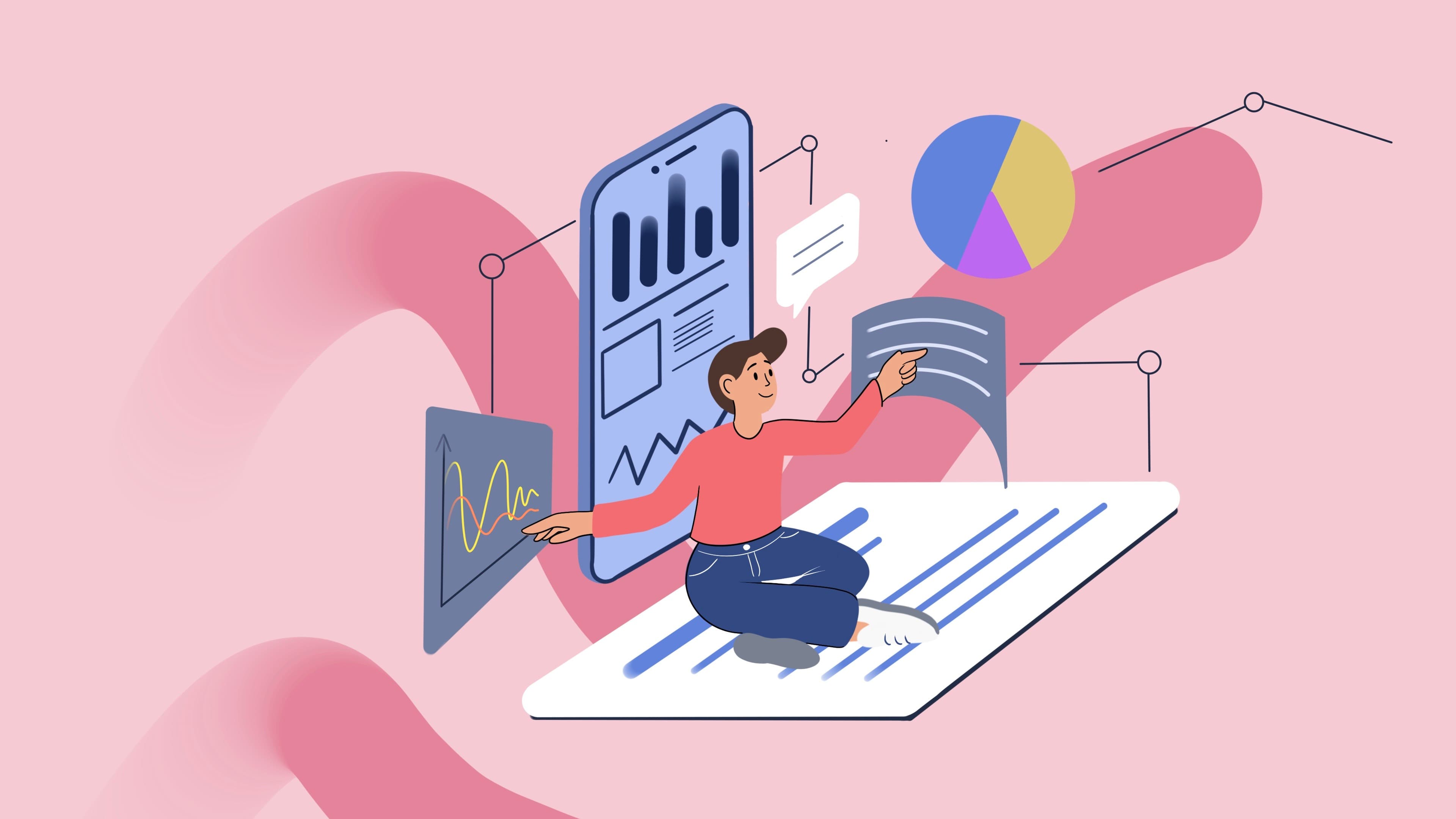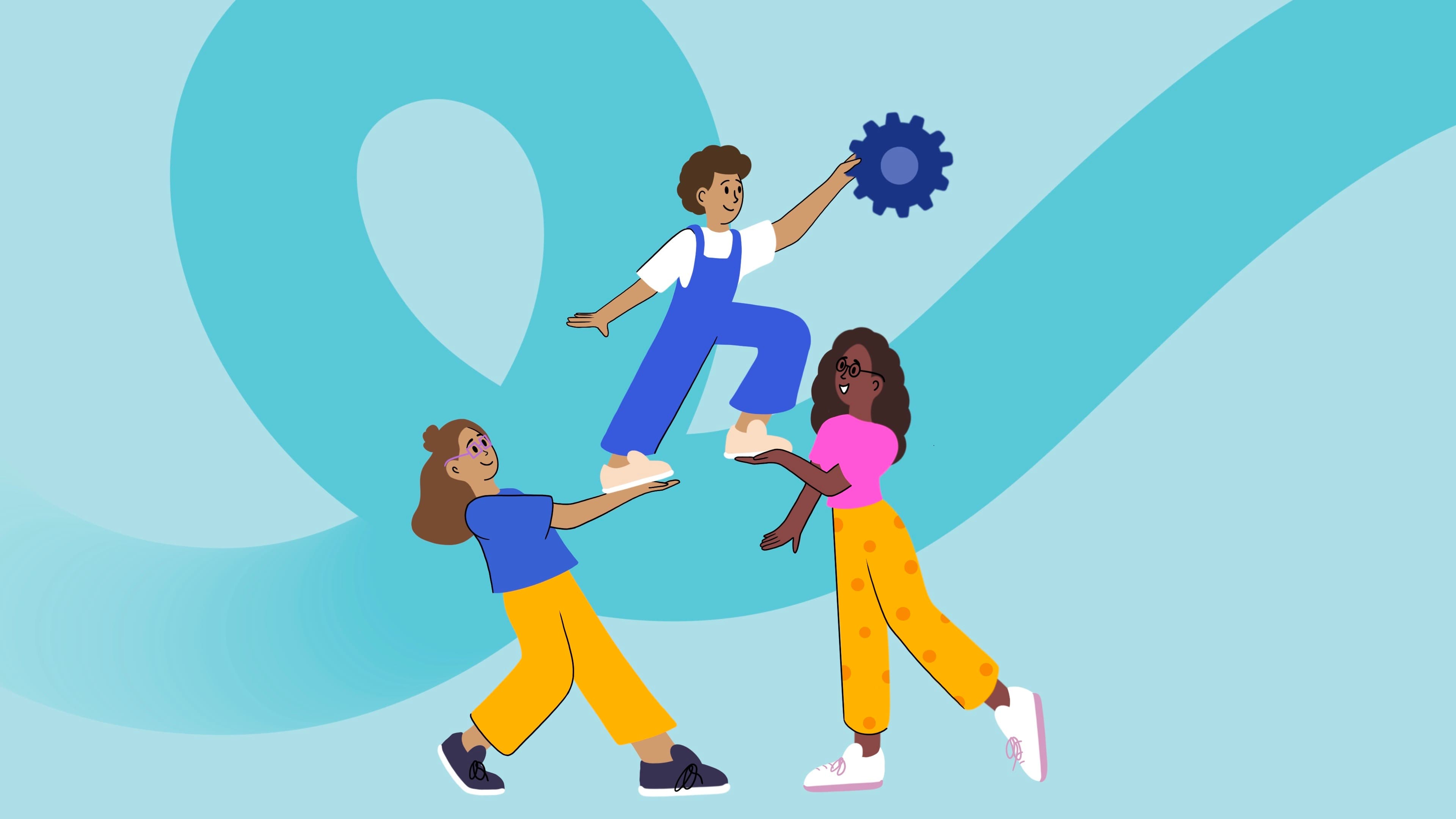More than a grid to fill in, the Employee evaluation process is an integral part of vocational training. Because it contributes to the management of a company's increase in competence, on the one hand. As well as to the professional development of employees, on the other hand. Here's why and how to assess learners' skills.
Competency assessment: what are we talking about?
Evaluate learners' skills consists in measuring their level of knowledge, know-how and interpersonal skills. This is in order to identify existing talents and achievements within a team. Then to locate each in relation to educational objectives of a vocational training action.
In practice, competency assessments are carried out in two stages: first in the phase ofeducational engineering, and then during the courses themselves. During these last, theAnalysis of learners' skill levels also intervenes at various key moments along the way:
- at the start: the aim is to establish an initial diagnosis in order to allow candidates to position themselves (inventory of abilities and skills, verification of prerequisites if necessary);
- during the training: the objective is to monitor and support employees in the learning process (formative assessment);
- after: at that moment, the trainer assesses to verify or certify the acquisition of skills, or knowledge, by employees (summative assessment).
So, the assessment of professional skills does not end at the same time as the trainings. Because, in a second step, it is necessary to measure performance. That is, the transfer of skills and knowledge in different real work situations.
Which means check the application of new skills in the field by trained employees. (Level 3 of the Kirkpatrick model, usually done by managers in business).
How to assess the skills of an employee: procedure to follow
Rely on the competency framework
It all starts at the level of human resources responsible for Establishing the competency framework. The first tool for managing skills in companies, it is an inventory of technical know-how, transversal skills and soft skills necessary for the exercise of a profession or a family of professions.
It is on this basis that the training department relies to develop the assessment method (s) adapted to the skills development strategy learners.
Design the evaluation system
The design of a competency assessment system involves answering several questions:
- Who: Who are the evaluated collaborators? Who assesses professional skills and knowledge?
- What: What are we trying to assess? According to what criteria?
- When: When are we going to assess? Upstream, downstream or during training?
- Why: What are the performance goals to be achieved?
- Where: In what context are evaluations organized? In person, remotely or in a work situation?
- How: What tools should you use to assess? What resources should be mobilized?
What tools are available to assess the skills of learning employees?
Tests, interviews, practice on the workstation... Let's see in concrete terms what tools and techniques are useful for evaluating the skills of your employees.
Tests and quizzes
Tests and questionnaires are formal and not very open, but objective measurement instruments. They therefore have the advantage of bringing out raw data. These can thus be used for all The steps of an evaluation process : in preparation or during follow-up (for formative and summative purposes).
The results of tests or questionnaires, in self-assessment for example, allow learners to locate, monitor and compare their level throughout the training action (before/after).
The evaluation interview
Several types of interviews can be used in the context of vocational training. Among these, The explanatory interview occupies a prominent place, as it is the most suitable model for evaluating learners' skills.
Indeed, this interview technique is focused on the action as it was carried out by the collaborator. The aim is therefore to highlight what, at first glance, seems to be implicit.
Through dialogue, the trainer or manager leads the employee to remember, visualize, describe, and verbalize his professional actions. This is so that the learner can become aware of:
- their new skills (and take ownership of them);
- his mistakes (and correct them).
Professional situations
These modalities have the advantage of allowing, at the same time, evaluation and development of know-how through practice.
They can in particular be carried out during the educational path for employees. Thanks to role-playing and immersive learning, for example. But also in the professional environment (training action in a work situation).
Another advantage of professional situations: they promote peer evaluation. As a result, they participate directly in maintaining the cohesion of a team, as well as in strengthening soft skills. Two aspects that, as we know, contribute to the growth of talent within companies.
In summary, evaluating the skills of each employee makes it possible to improve the performance of the company and its own. For their part, the employee gets visibility on his career and the prospects available to him. The organization can analyze the missing skills and, if necessary, plan a recruitment plan or set up a training plan adapted.




